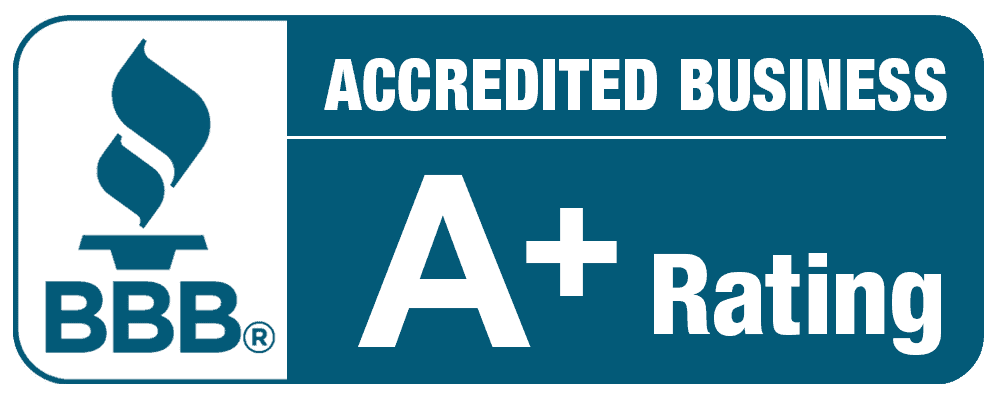Long Island's First Choice For Electrical Contractors
- I found Fielack Electric on accident, while following one of their trucks in traffic through town. I happened to be in the process of bidding an outdoor lighting project and thought I would give them a call for an "extra" bid. Little did I know, Adam and his crew would turn out to be one of the best electrical contractors I have dealt with on Long Island. We were very happy with the result of the project. Fielack went above and beyond by coming back to replace some fixtures that went out shortly after install, due to a manufacturer defect, at no additional charge. We are looking forward to having them back for our next project and would certainly recommend Fielack Electric to anyone in need of electrical repair/contracting services.read moreread lessAnthonyFielack Electric just finished installing my pool filter/heater/lights/timer and more. They were very profession and did a very neat job. Everything worked and we did not need them to come back to fix anything. I would highly recommend this company for any electrical project you need done and I'm sure I will use them in the future.read moreread lessRichard Bloom
- Hire this company for sure! I hired them numerous times. Consistently very professional and pleasant . They explain specifically what they are doing on the job and why so it’s all clear - especially when they have to trouble shoot an issue. Especially when it comes to electric, I feel my house is safe with their experience and expertise. Adam is great, cares about his customers and trains his teams well !read moreread lessDonna SirianniI highly recommend Fielack Electric for electrical work. I wanted to have a good number of "Ring Security Devices" installed around my house. I did this on several service calls. They do top notch professional work. The professional workers Jim, Mat, Steve and Fermin were so professional, kind, patient and wanted to please the customer very much. They even explained questions I had about their electrical work for the Ring Security Floodlight Cams. Adam was very kind in setting up the service calls and giving me price quotes so their would be no surprises.So if you are looking for great electricians, call Fielack Electric.Very satisfied Customer,John of Long Islandread moreread lessMusic Videos
- We just moved in to our home and need a lot of electrical work done. We have used Fielack a long time ago and had a great experience. We scheduled a small portion of the work with them and I was not disappointed. Jim came to our house and worked on our pool wiring. He was meticulous and very informative about the work he was doing. I highly recommend this company.read moreread lessCherie KaraptisOnce again I needed some electrical work done at my house. And without hesitation i called Fielack Electric. The two gentlemen that came over to do the work; James and Anthony, did a great job! Besides their good work and professionalism they were also both a pleasure to talk to. Job well done! Thanks guys.read moreread lessTony Bonura
- Just had Steve and Fermin here to fix some wiring and add a generator switch panel. They were very professional and thorough. They also went through the process of showing US how to set up the generator so it’s done correctly. Anytime we have an electrical issue that has me scratching my head, we call Fielack.They’re the only ones we’ll call. Very easy to schedule and reasonably priced. They also work quickly.read moreread lessKen KelleherI hired Fielack Electric to install recessed lighting fixtures and a dimmer switch in my home office. The price they gave me was fair and well within my budget. The electricians that did the job, Steve and Matt, were on time and very professional. The job was done quickly and they didn't leave a mess. The lights look great! I'll absolutely call these guys again to do work in my home.read moreread lessDaniel Finson
- I called Fielack after 2 days of being stood up by another company. Adam called me back on the same day and arranged to have an electrican service the house that afternoon. When there was a delay they called back with new time. James (electrican) arrived on time the service took less than an hour. He was professional knowledgable and neat. The price was as quoted. I would definitely use this company againread moreread lessDennis WalkerDavid came 3 days ago with an estimate for 10-12 various jobs. David & Anthony just left after completing the work. Very professional, courteous, & couldn’t be happier with the end result. Beautifully finished & everything was left spotless. Highly recommend. Would use them again in a heartbeat.read moreread lessMichelle RyanHad a hardwired Ring doorbell, Smoke/CO detector, 3 motion lights and whole house Surge Protector installed. Steve and Nick called before they came, got right to work and did a great job. They're coming back to replace a gable fan in the attic. They answered all my questions clearly. We are very satisfied with Fielack Electric and recommend them for all your electrical needs. And don't forget Jim in the office keeping everything straight.read moreread lessDave Hara
Commercial Electrical Contractors
Residential Electrical Contractors
contact us
Fielack Electric: Superior Generator Installation Services in Levittown, NY

Fielack Electric: Synonymous with Outstanding Generator Installation
At Fielack Electric, we’ve raised the bar for generator installation in Levittown, NY. Our team prides itself on our extensive experience and deep-rooted industry knowledge. Whether it’s a home, business, or industrial property in Nassau County, we are driven to provide an uninterrupted power source when it’s most needed.
We are well-versed in the specific guidelines and codes of Nassau County and design our services to comply with these standards. Trusting Fielack Electric with your generator installation means entrusting your project to seasoned industry professionals.
We don’t just install generators – we create tailored power solutions that suit your specific requirements. We’re on hand to help you traverse the multitude of generator options available to match your power needs and budget.
Our mission l is to help businesses and residents in Levittown, NY maintain uninterrupted operations, even during unexpected power outages.
Boosted Energy Independence
Customized Power Solutions
Risk Mitigation and Continuity

The Fielack Electric Advantage: Superiority in Generator Installation
Selecting the right team for your generator installation needs can seem like a daunting task. However, with our company on your side, this doesn’t need to be the case. We have built a reputation for excellence, founded on satisfied customers, unparalleled craftsmanship, and a team of professionals committed to providing exceptional service at every step of the process.
Our commitment to you extends beyond just the installation process. We offer comprehensive post-installation services and routine maintenance support to ensure your generator is always primed to perform when you need it most. We understand the crucial role a reliable power source plays in homes, businesses, and industrial settings, and we’re committed to making sure you’re never left in the dark.
As a local business, we’re well-acquainted with the specific needs and challenges that come with maintaining a consistent power supply in the area. We take pride in our ability to develop personalized solutions that address these unique needs effectively.
We see our job as more than just installing generators. We’re providing an essential service that keeps our community running smoothly in times of power outages. Whether it’s providing reliable power for a family’s home, ensuring a local business can keep their doors open, or helping a large industrial facility maintain their operations, we’re dedicated to making a positive impact.
Choosing our team for your generator installation needs means partnering with a company that prioritizes your needs, delivers high-quality service, and upholds a commitment to customer satisfaction. We invite you to experience the difference in quality and service that has set us apart in the industry. We’re confident that once you choose us for your generator installation needs, you won’t want to go anywhere else.

Contact us for Unrivaled Generator Installation Services in Levittown, NY!
Seeking exceptional generator installation services? Your search ends here. We are committed to providing comprehensive generator installation services that are designed to ensure your peace of mind. From the initial consultation to the final installation and testing stages, we take meticulous care to deliver a smooth and worry-free experience for our valued customers.
We appreciate your consideration of Fielack Electric for your generator installation needs in Levittown, NY. We stand ready to offer you exceptional service, and we look forward to adding you to our growing family of satisfied customers. Rest assured, with Fielack Electric, you’re choosing a partner who will be with you every step of the way.
Our dedicated team of professionals is always available to address your queries and provide expert advice. We take time to understand your specific power needs, helping you choose the most suitable generator that can guarantee uninterrupted power supply even in the most challenging situations. Don’t hesitate to call us at 631-420-1700 and let us exceed your expectations with our exceptional service.
Have a question?
Levittown is a hamlet and census-designated place (CDP) in the Town of Hempstead in Nassau County, on Long Island, in New York, United States. It is located halfway between the villages of Hempstead and Farmingdale. As of the 2010 census, the CDP had a total population of 51,881, making it the most populated CDP in Nassau County and the second most populated CDP on Long Island, behind only Brentwood.
Local Resources
Useful links for Levittown, NY
Useful Links
Here are some electrician-related links:










